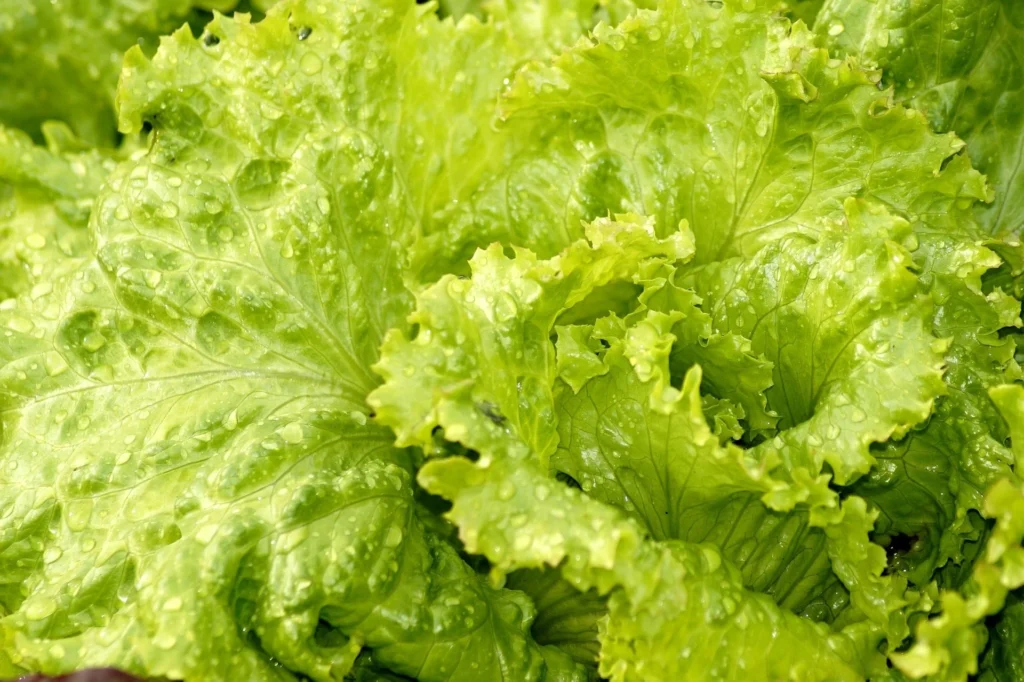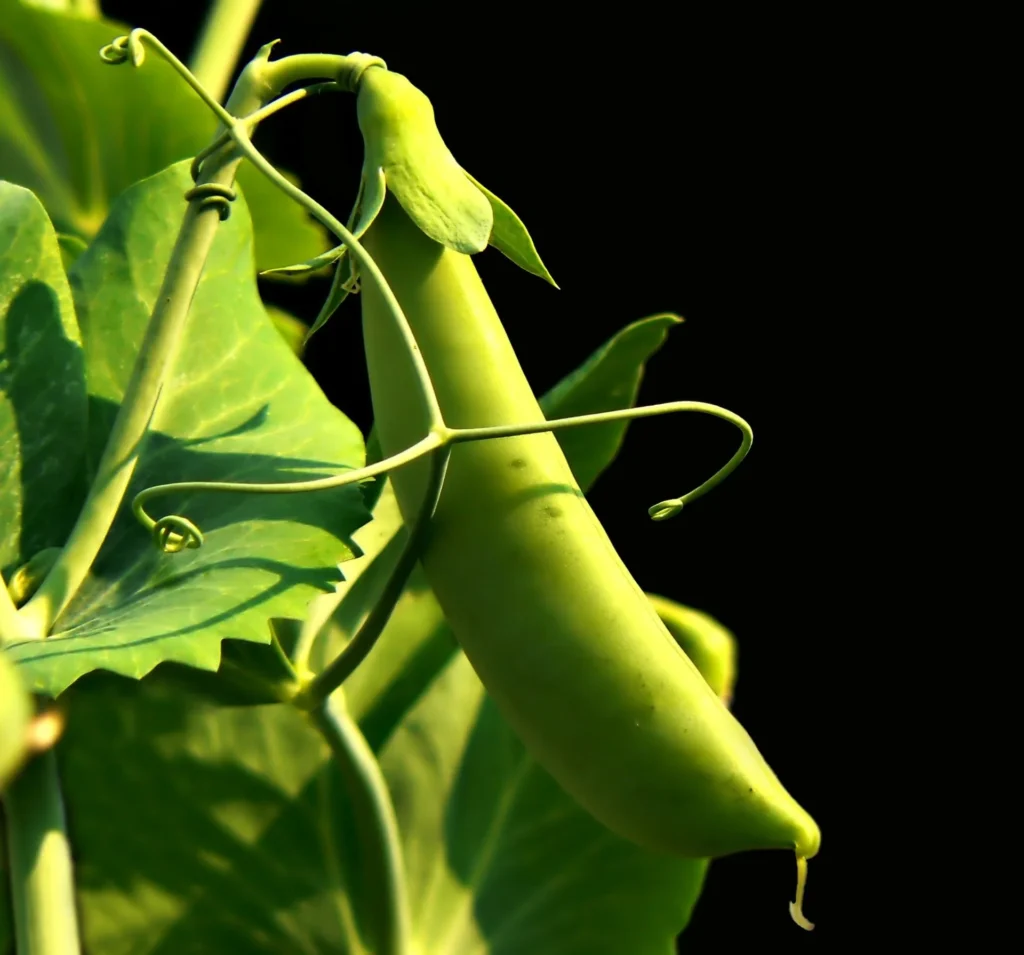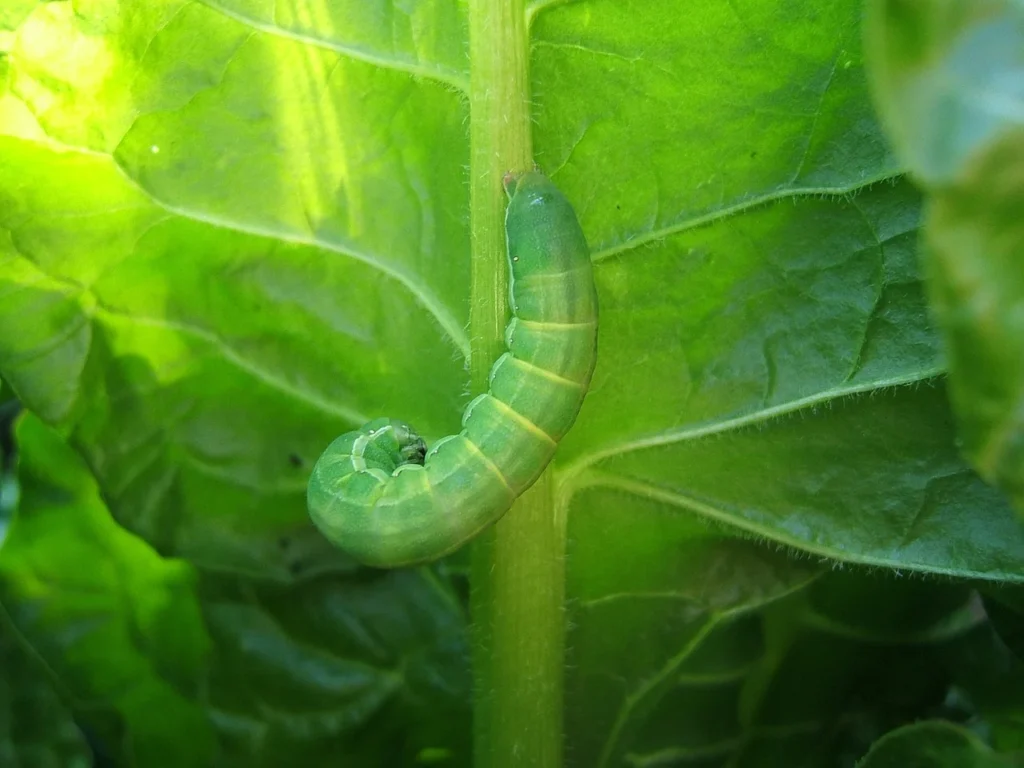Do you want to eat fresh, crunchy, juicy, organic garden vegetables but don’t have the experience to plant them? Or maybe you are wondering how to grow the vegetables and where to start! So, I think this blog is for you.
Harvesting vegetables for your dinner from your vegetable garden can be a great pleasure for anyone. Even if you don’t have a dedicated garden plot, you can still grow vegetables on your patio, balcony, or other small spaces. You can even have some mint at your kitchen window. But I will write on that topic some other days. Today I am going to share some of my experience about growing some vegetables.
Growing vegetables is not very difficult. You just need to start and go through a process of trial and error. Plus, some vegetables are quite easy to grow. Here in this article, I am going to talk about the 10 easiest vegetables to grow for beginners.
1. Lettuce

Growing lettuce, especially leaf lettuce, is as simple as having a glass of water. You just need to sow the seeds—they germinate very well. Within three weeks, you’ll have some delicious, crunchy leaves for your meals.
Lettuce is a cool-weather leafy vegetable. People love adding it to salads, and it increases both the flavor and nutritional value of your diet.
You can start growing lettuce when the temperature is below 27°C (80°F). It grows in almost any soil type but prefers moist, rich soil. The seeds should be sown 6-8 inches apart for good leaf production.
Being a leafy vegetable, lettuce requires a good amount of nitrogen. Therefore, planting it in a pea or bean (leguminous) bed will help ensure a good harvest.
2. Spinach
Spinach is another cool-weather vegetable that’s easy to grow. It has versatile usage. You can add it to salads, cook it, or use it in a variety of dishes. Make a space for it in your garden!
You can sow the seeds in early spring or fall. Prepare your garden bed with aged manure, as spinach needs plenty of nitrogen and phosphorus. Sprinkle the seeds over the bed and cover them with ½ inch of soil. If the seedlings grow too thickly, thin them to 3-4 inches apart.
Keep the bed consistently moist. Collect the outer leaves as they grow large, and leave the inner leaves to continue growing. Once the plant matures, harvest it at the base. Don’t wait too long to harvest. The leaves become bitter as they mature.
3. Peas

The taste of homegrown peas can’t be compared to frozen or canned peas from the grocery store. Therefore, you might not be leaving them growing in your vegetable garden. They’re very easy to grow and are rarely affected by pests and diseases.
Peas are a cold-tolerant vegetable, so you can sow seeds outdoors 4-6 weeks before the last frost date. If you live in an area with mild winters and no frost, you can plant them in the fall and harvest them in the spring.
Since peas are vine crops, you’ll need to provide support with a trellis. Bamboo stakes or garden fences work well.
Peas diversify your meals—you can eat them raw in salads or cooked. Harvest them frequently, as the plants will produce more as you pick them.
4. Zucchini
Zucchini, whether summer or winter squash, is an easy-to-grow crop. They are highly productive too. They require minimal care to thrive.
Zucchini can’t tolerate frost and shouldn’t be transplanted unless the weather is temperate. Sow the seeds directly into your garden bed 2-3 weeks after the last frost when the soil becomes warm.
You can practice succession planting. Sow zucchini after every 2-3 weeks until mid-summer for a long harvest that lasts until the next frost. Succession planting also promotes better pollination, resulting in higher yields.
5. Cucumbers
Cucumbers are another easy vegetable to grow. If you love salads, don’t forget to plant them.
Cucumbers are warm-season vegetables, so plant them several weeks after the last frost date in your area. They grow quickly. You can start harvesting in as little as 6-7 weeks.
Prepare the soil with plenty of nitrogen and phosphorus to support high yields. Plant them in full sun near a garden fence. You can also use a trellis. Growing vining vegetables on a fence and trellis is effective to save space for vegetables other than growing on the ground.
6. Tomatoes

Tomatoes are one of the most widely grown vegetables in America. They thrive in warm weather but can also be grown in areas with mild winters. Severe cold can damage the plant.
If you want to start from seeds, sow them indoors 4-6 weeks before the last frost date in your area. When the night temperatures stay above 50°F (10°C), transplant the seedlings outdoors. Don’t forget to harden off before planting in your garden.
Tomatoes need plenty of water. Keep the soil consistently moist. Ensure good drainage to avoid soggy dumpish soil to keep your plants free from diseases. As the plants grow, provide support with stakes or cages. With sufficient sunlight and proper care, tomatoes will grow in abundance.
7. Sweet Potatoes
Sweet potatoes are fun to grow and ideal for beginners. Growing them is almost like a ‘plant and forget’ process.
You can plant sweet potatoes directly or transplant cuttings. Sow them in the spring at least after a month of the last frost date in your area. They like warm and tropical weather but cannot survive frost. Bury the potatoes half underground horizontally. Do not cover the potatoes holistically under the soil. The sprouted part should be above the soil.
They require a large area to grow. However, pruning and trellising can help manage their growth. Want to know the best part? Sweet potatoes grow in abundance, so harvesting them feels like digging for treasure.
8. Carrots

Carrots are highly nutritious and easy to grow. You can eat them raw in salads or cook them. They grow best in sandy or loose soil with good drainage system. They thrive in spring and fall.
Sow the seeds directly into the garden bed in full sun. Avoid covering the seeds with soil—use wood chips or vermiculite instead. Keep the bed evenly moist. Carrot seeds have a low germination rate. Therefore, use some extra seeds.
Thin the seedlings, leaving 2-3 inches of space between them for a good harvest. Avoid adding nitrogen-rich manure to prevent twisted or forked carrots.
9. Radishes

Radishes are one of the quickest vegetables to harvest—you can plant them in the spring and have your harvest within a month. They’re nutritious and can be eaten raw, in salads, or cooked.
Sow the seeds 2-3 inches apart. Soak the seeds overnight before sowing. Radishes are a good companion crop to carrots. If you plant radishes and carrots in the same bed, the carrots will fill in as you harvest the radishes.
Radishes can tolerate partial sunlight and don’t need a deep bed, except for longer varieties like daikon radishes. Keep the bed moist for the best harvest.
10. Onions
Onions are a staple in many dishes. They add flavor and nutrients to your dishes. They’re also easy to grow.
If you live in a cold climate, start onion seeds indoors 8-10 weeks before the last frost date of your area. Transplant the seedlings into your garden bed 6 inches apart. Water them regularly.
Onions are heavy feeders, especially of phosphorus, so add organic phosphorus to the soil. Ensure plenty of sunlight and moisture, and feed them with balanced fertilizer twice a month for a good harvest.
If you really want to experience healthy and delicious vegetables, kitchen gardening is a very good idea. It saves some bucks from your grocery list, bestows you some gardening experience and keeps you in touch with nature. So, start with some easy-to-grow vegetables to make your journey enjoyable.





